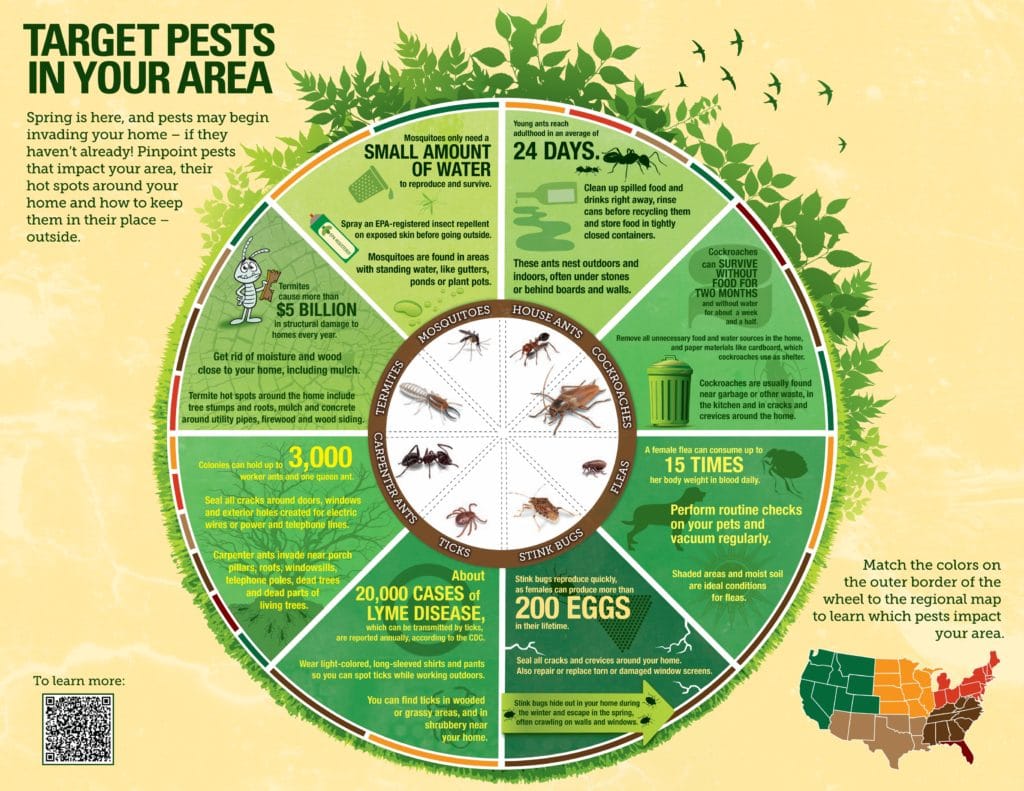Discover Essential Techniques For Protecting Your House From Rodents In The Attic Room
Discover Essential Techniques For Protecting Your House From Rodents In The Attic Room
Blog Article
Article By-Jenkins Enevoldsen
Visualize your attic room as a relaxing Airbnb for rats, with insulation as cosy as resort pillows and electrical wiring a lot more enticing than area service. Now, picture these unwanted visitors tossing a wild party in your house while you're away. As a home owner, guaranteeing your attic is rodent-proof is not just about assurance; it has to do with securing your residential property and enjoyed ones. So, what straightforward steps can you require to safeguard your haven from these furry burglars?
Examine for Entrance Things
To start rodent-proofing your attic, inspect for entrance factors. Begin by meticulously examining see page of your home, looking for any openings that rats can use to gain access to your attic room. Look for voids around energy lines, vents, and pipes, as well as any fractures or holes in the foundation or siding. Make sure to pay attention to areas where different building materials meet, as these prevail access factors for rats.
In addition, inspect the roofing system for any kind of damaged or missing tiles, as well as any voids around the edges where rats could squeeze via. Inside the attic room, search for indications of existing rodent activity such as droppings, ate cables, or nesting products. Use a flashlight to completely inspect dark corners and surprise rooms.
Seal Cracks and Gaps
Evaluate your attic extensively for any type of splits and spaces that need to be sealed to prevent rats from entering. Rodents can press with even the smallest openings, so it's vital to secure any kind of possible access factors. Examine around pipelines, vents, cords, and where the walls fulfill the roof covering. Utilize a combination of steel wool and caulking to seal these openings efficiently. natural flea deterrent is an outstanding deterrent as rats can't eat with it. ant control that all voids are securely secured to deny accessibility to unwanted insects.
Don't ignore the value of securing gaps around doors and windows as well. Usage weather condition stripping or door moves to secure these areas properly. Check click this site where energy lines enter the attic room and seal them off utilizing a suitable sealer. By taking the time to secure all cracks and voids in your attic room, you develop an obstacle that rodents will certainly locate challenging to breach. Avoidance is type in rodent-proofing your attic, so be thorough in your initiatives to seal any type of prospective entry points.
Remove Food Sources
Take positive steps to get rid of or store all possible food sources in your attic to discourage rodents from infesting the room. Rodents are attracted to food, so removing their food sources is essential in keeping them out of your attic room.
Right here's what you can do:
1. ** Shop food securely **: Prevent leaving any kind of food products in the attic. Store all food in impermeable containers made from steel or heavy-duty plastic to prevent rats from accessing them.
2. ** Clean up debris **: Remove any kind of stacks of debris, such as old papers, cardboard boxes, or wood scraps, that rodents can make use of as nesting material or food resources. Maintain the attic clutter-free to make it less attractive to rats.
3. ** Dispose of trash effectively **: If you use your attic for storage space and have garbage or waste up there, make sure to throw away it routinely and effectively. Rotting garbage can attract rodents, so maintain the attic clean and without any type of organic waste.
Verdict
Finally, remember that an ounce of prevention is worth an extra pound of cure when it concerns rodent-proofing your attic room.
By making the effort to evaluate for entry factors, seal cracks and voids, and get rid of food resources, you can keep unwanted insects at bay.
Remember, 'An ounce of avoidance is worth a pound of remedy' - Benjamin Franklin.
Remain proactive and secure your home from rodent infestations.
